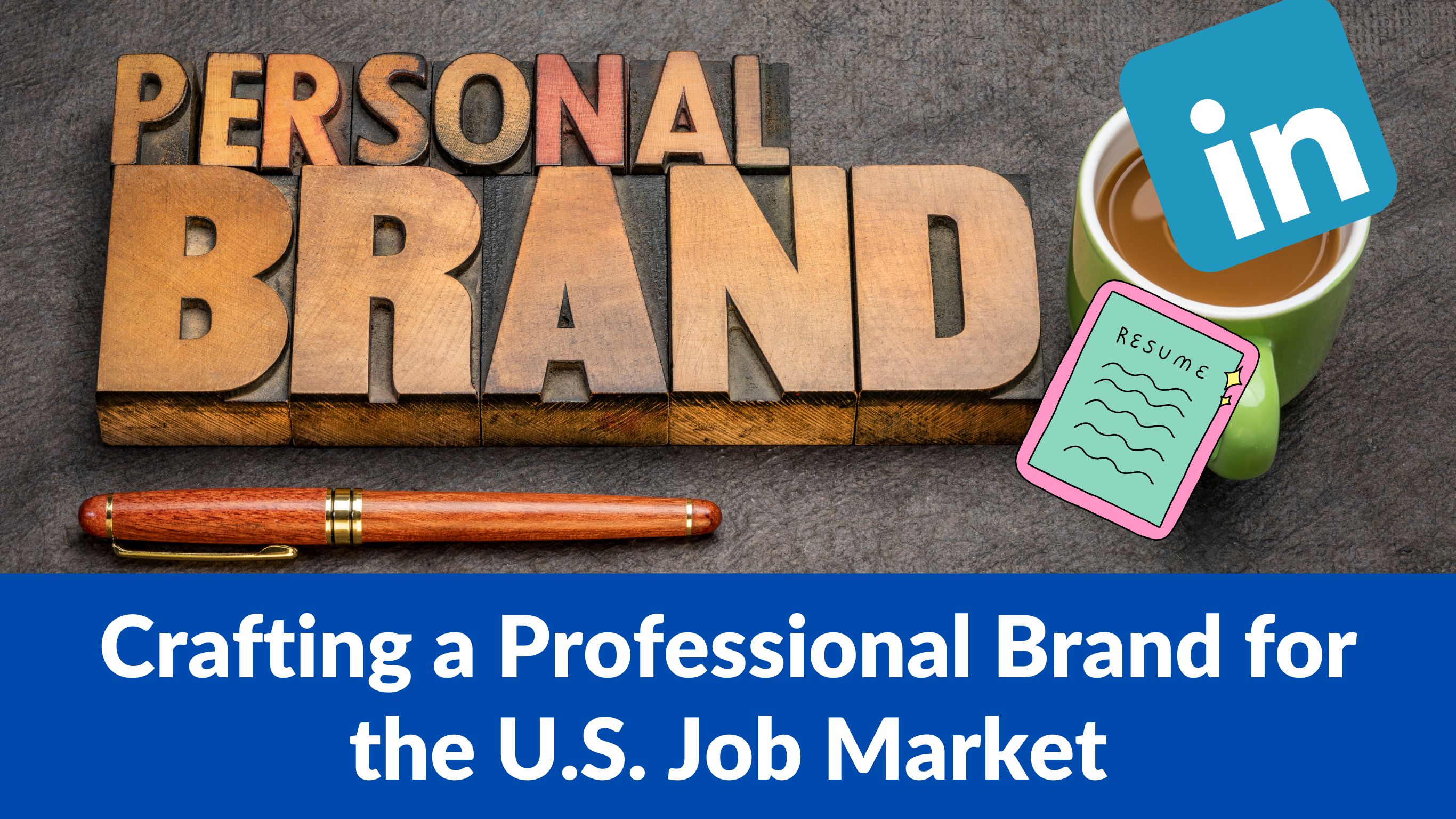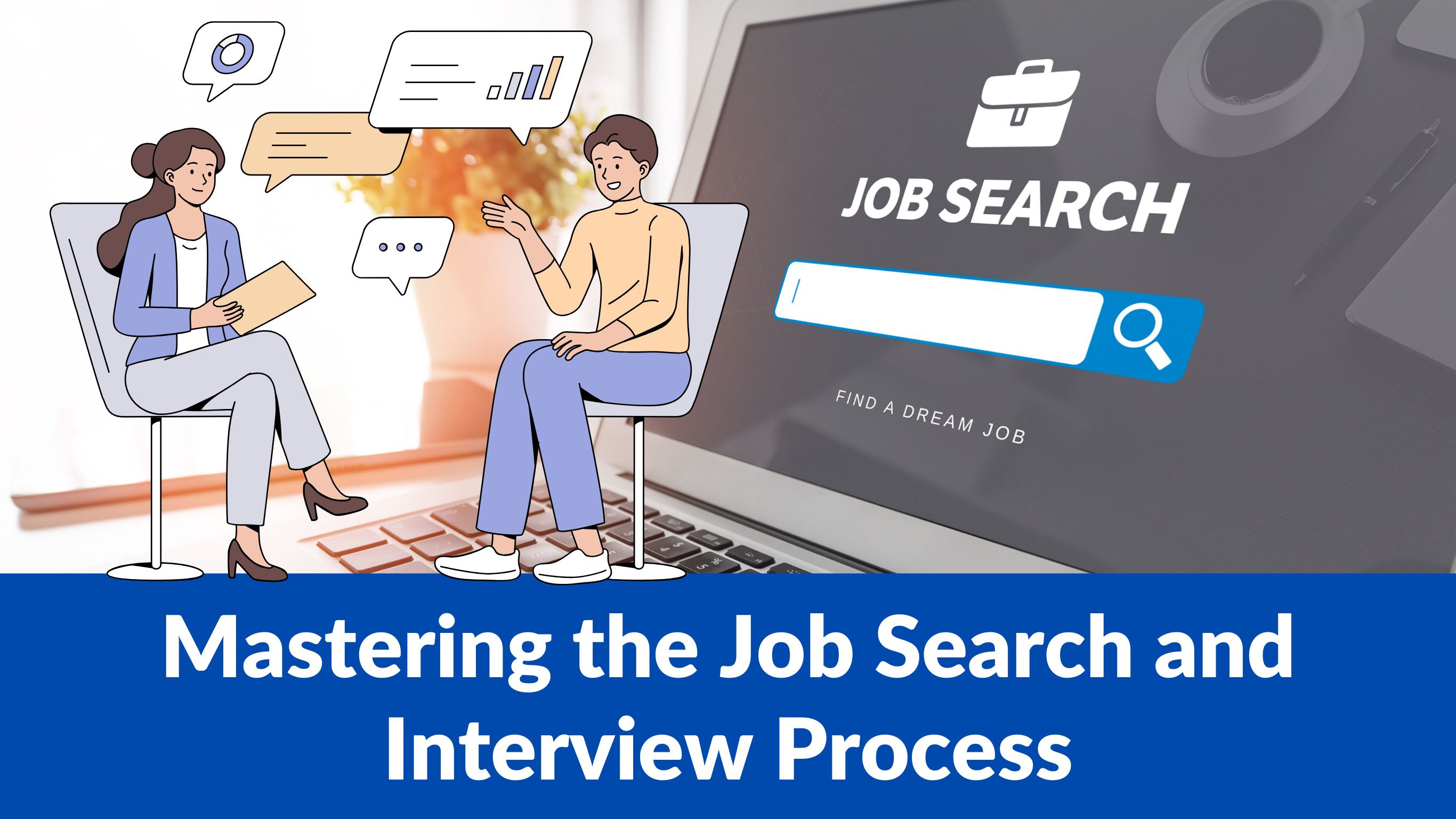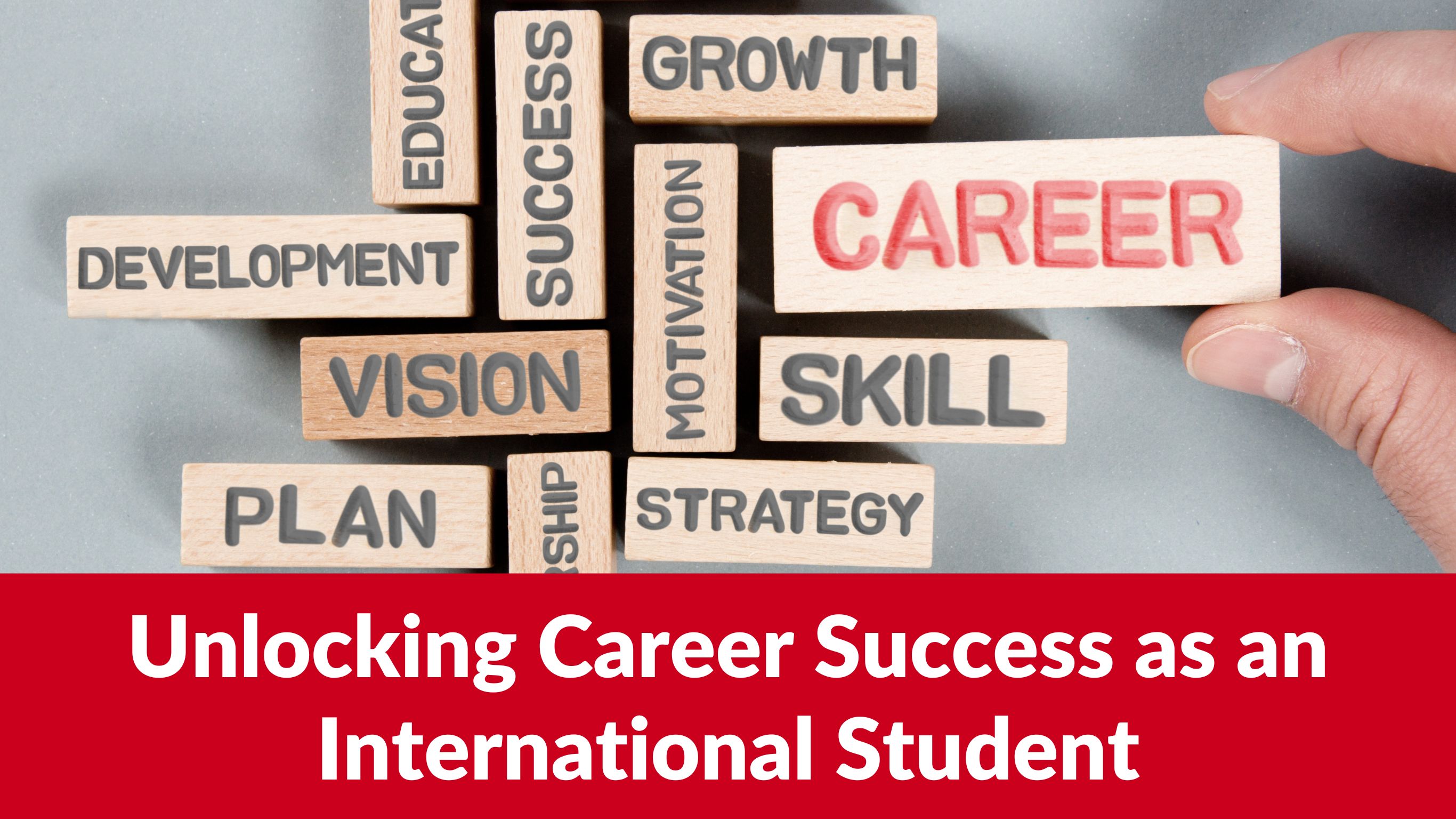Introduction
So, you’ve packed your bags, crossed continents, and now you’re ready to take on the U.S. job market. Exciting, right? But wait… before you start picturing yourself in a corner office with a fancy title, let’s be real: as an international student, there’s a lot to figure out. Between visas, work permits, cultural quirks, and figuring out how to survive on coffee and ramen noodles, there’s a lot on your plate.
But don’t worry, you’re not alone. In fact, over 300,000 international students each year transition into the U.S. workforce, making it a bustling community of ambitious individuals ready to conquer the world. And guess what? You're about to join them! Whether you're eyeing tech giants in Silicon Valley or aiming to work for a finance mogul on Wall Street, the U.S. job market offers endless opportunities. But it’s not exactly a walk in the park—it’s more like a walk with a few “oops, I tripped” moments along the way.
Let’s start with the basics: U.S. employers are on the lookout for a mix of practical skills and personal qualities. It’s not just about having a degree; they want problem-solvers, go-getters, and communicators. As an international student, you bring something unique to the table: global experience. You’ve mastered living in a foreign country, navigating cultural differences, and probably learned how to make the best out of limited resources. And trust me, that’s a skill every U.S. employer appreciates.
However, let’s not sugarcoat things: the road to landing your dream job isn’t paved with gold. It’s more like a rough path with a few detours (read: visa paperwork, tailoring your resume, and understanding office lingo). But here’s the good news—this guide is here to help. We’ll break down everything from how to ace your resume to understanding work authorization (like CPT and OPT) and how to network like a pro. By the end of this, you’ll be ready to take on the U.S. job market with confidence and maybe even throw in a few jokes along the way—because let’s be honest, you’ll need humor to survive the ride!
So, grab a cup of coffee, sit back, and let’s dive into the world of U.S. careers for international students. Ready? Let’s do this!

Understanding the U.S. Job Market: Trends and Expectations
Research Industry Trends
Begin by researching your field to understand which roles and skills are in demand. For example, tech, healthcare, finance, and data analytics are among the fastest-growing fields in the U.S. Resources like the Bureau of Labor Statistics (BLS), LinkedIn Jobs, and professional association sites can help you identify growth areas and desired skills.
Adapting to U.S. Workplace Norms
U.S. workplaces value attributes such as self-initiative, effective communication, punctuality, and teamwork. Understanding these norms can help you adapt and thrive. Take time to observe and ask questions about workplace expectations to ensure smooth integration.
Networking and Making Early Connections
Networking is key in the U.S. job market, where many positions are filled through referrals. Start by attending campus events, joining LinkedIn groups, and participating in networking meetups for students in your field. Building a professional network early will give you access to advice, mentorship, and job leads.
Learn How to find jobs in USA as an international students?
Leveraging Campus Resources for Career Success
Using Career Services
Most U.S. universities offer robust career services, including resume reviews, mock interviews, job fairs, and connections with employers who are open to hiring international students. Make use of these services as early as possible, as they provide guidance tailored to international students navigating the U.S. job market.
Joining Student Organizations and Professional Societies
Many campuses have student clubs and professional societies, some specifically for international students. These groups not only provide support but also connect you with others who share your career goals. Additionally, joining professional societies, such as IEEE for engineers or AMA for marketers, can expand your network significantly.
Connecting with Alumni
University alumni networks are a valuable resource. Alumni who were once international students themselves can provide insights into career paths and strategies that worked for them. Many alumni are open to mentoring or sharing career advice—reach out through LinkedIn or alumni association portals.

Crafting a Professional Brand for the U.S. Job Market
Creating a Strong Resume
U.S. resumes are typically one-page documents that highlight key achievements and skills. Tailor your resume to match the job description for each application, and avoid including personal information like your photo, nationality, or date of birth. Use action verbs, quantify achievements where possible, and ensure that it’s formatted for quick scanning.
Building a Compelling LinkedIn Profile
LinkedIn is an essential platform in the U.S. job market. Optimize your profile by including a professional headshot, a well-crafted headline, and an “About” section that tells your career story. Highlight your international experience as an asset, emphasizing skills such as adaptability, language proficiency, and global awareness.
Developing a Personal Brand
Define what sets you apart as a candidate. Whether it’s technical expertise, cross-cultural skills, or a particular academic achievement, let this unique aspect of your background shine through in your LinkedIn posts, networking conversations, and applications.
Learn How to easily get a part time job in USA?
Navigating Internships, CPT, and OPT
Securing Internships for Work Experience
Internships are a pathway to full-time positions, especially for international students. Leverage campus job fairs, LinkedIn, and industry-specific job boards to find internships that align with your field. Some internships can also lead to offers of full-time employment after graduation.
Understanding CPT and OPT for Work Authorization
F-1 students can work through Curricular Practical Training (CPT) while studying and Optional Practical Training (OPT) after graduation. CPT must be related to your field of study, and your university’s international office will help you apply. OPT allows up to 12 months of work, with an additional 24-month extension for STEM students.
Applying for OPT and the OPT Extension
For non-STEM students, OPT provides a one-year work authorization after graduation. If you’re in a STEM field, you may qualify for an additional 24-month extension. Begin the application process early, as it can take several months for approval.
Developing Essential Soft Skills for Career Success
Improving Communication Skills
Communication is highly valued in the U.S. workplace. Improve your verbal and written communication skills by participating in discussions, giving presentations, and seeking feedback. Join clubs, engage in group projects, or participate in campus events to practice public speaking and collaborative communication.
Enhancing Cross-Cultural Competence
Highlight your adaptability and cultural understanding as a strength. Demonstrating that you can work well in diverse teams can set you apart in a globalized economy. International students often bring unique perspectives, language skills, and problem-solving approaches that employers value.

Mastering the Job Search and Interview Process
Using Job Boards and Professional Networks
Utilize job boards like LinkedIn, Glassdoor, and Indeed, and set up alerts for positions that match your skills and interests. Many universities also have job boards specifically for their students and alumni, which can be a great resource for finding employers who are more likely to hire international candidates.
Preparing for Behavioral Interviews
U.S. employers frequently use behavioral interviews to assess how you handle challenges. Practice the STAR (Situation, Task, Action, Result) method to structure answers that show your problem-solving skills and adaptability.
Showcasing Your International Background as an Asset
In interviews, emphasize how your international experience has prepared you to work in diverse settings and adapt to new challenges. Many employers appreciate candidates who bring a global perspective, especially those with language skills or knowledge of international markets.
Exploring Visa and Sponsorship Options Post-Graduation
Understanding the H-1B Visa Application Process
The H-1B visa allows U.S. companies to employ foreign workers in specialty occupations. Since the H-1B is a lottery-based visa, it’s essential to start your application early and confirm that potential employers are willing to sponsor. Many large companies are open to sponsoring international students, especially in fields with high demand.
Considering Alternative Visa Options
If the H-1B lottery doesn’t work out, explore other visa options, such as the O-1 visa for individuals with exceptional abilities, or the L-1 visa if you’re considering working for a multinational company. Consulting an immigration attorney can help you determine which visa options are available based on your career goals.
Maintaining a Valid Work Authorization
To stay compliant with U.S. immigration laws, be aware of all deadlines and requirements for maintaining your work authorization. Regularly consult with your university’s international office or a qualified immigration attorney for updates on regulations and visa requirements.
Learn more about the importance of understanding US visa principles.

Setting Long-Term Career Goals in the U.S.
As an international student in the U.S., setting long-term career goals is essential to navigating the complex job market. Without a clear direction, it’s easy to get sidetracked by distractions. Long-term goals act as a compass for your career, helping you stay focused, motivated, and on track as you adapt to a new environment and build your professional future.
Why Set Long-Term Goals?
Without goals, it's like wandering through a maze without a map. Long-term career goals give you clarity, focus, and a sense of direction. They help you break down big dreams into manageable steps and provide motivation for achieving milestones along the way. Goals keep you from getting lost in the daily grind and help you work toward something bigger.
Start with a Vision
Begin by imagining your ideal career—where do you want to be in the future? What impact do you want to make? This doesn’t need to be a rigid, detailed plan. It could be something like: “I want to work in tech at a top company,” or “I want to help people in healthcare.” Once you have a vision, it’s easier to break it into specific, actionable steps.
Break It Down
Long-term goals can feel overwhelming, but breaking them down into smaller, manageable chunks makes it easier to tackle. If you want to work at a top finance firm, start by:
- Taking relevant courses
- Pursuing internships
- Networking with professionals
Each small step brings you closer to your goal and keeps you motivated along the way.
Build and Sharpen Your Skills
The U.S. job market values both hard skills (like coding or data analysis) and soft skills (like communication and adaptability). Continuously improving these skills will make you stand out. Consider:
- Taking online courses
- Getting involved in campus projects
- Joining professional associations
The more skills you develop, the stronger your position in the job market.
Stay Flexible and Adapt
Remember, goals are not set in stone. As you gain more experience and discover new interests, your goals may evolve. Flexibility is key—adjust your path as needed to keep up with changing opportunities and industry trends.
Tips to Stay on Track:
- Set short-term goals and check your progress regularly
- Network with alumni, professors, and professionals in your field
- Use tools like Google Keep or Trello to track milestones
- Celebrate small achievements to keep up motivation
Final Thoughts
Setting long-term career goals is an investment in your future. It gives you the direction and focus needed to build a meaningful and successful career in the U.S. Keep your vision clear, break it down into actionable steps, and adapt as needed. You’re in control of your career journey—let’s get started!
FAQs: Building a Career as an International Student in the U.S.
1. Can international students work in the U.S. while studying?
Yes, F-1 visa students can work part-time on campus and, under specific conditions, participate in CPT and OPT programs for off-campus work.
2. What is the OPT extension, and who qualifies?
The OPT extension grants an additional 24 months of work authorization to F-1 students in STEM fields after their initial 12-month OPT period. Check with your international office for details.
3. How do I find employers who sponsor H-1B visas?
Look up employers with a history of sponsorship on MyVisaJobs, LinkedIn, and job boards, or consult with your school’s career services.
4. Are resumes different in the U.S.?
Yes. U.S. resumes are concise (usually one page), focus on relevant achievements, and avoid personal information like photos and personal identifiers.
5. What should I emphasize in a U.S. job interview?
Focus on skills relevant to the role, communicate clearly, and highlight how your international experience makes you a strong candidate.
6. Can I apply for work visas beyond the H-1B?
Yes, explore options like the O-1 visa for extraordinary abilities and the L-1 visa for intra-company transfers.
7. How can I effectively network as an international student?
Join professional societies, connect on LinkedIn, attend industry events, and reach out to alumni to build connections in your field
